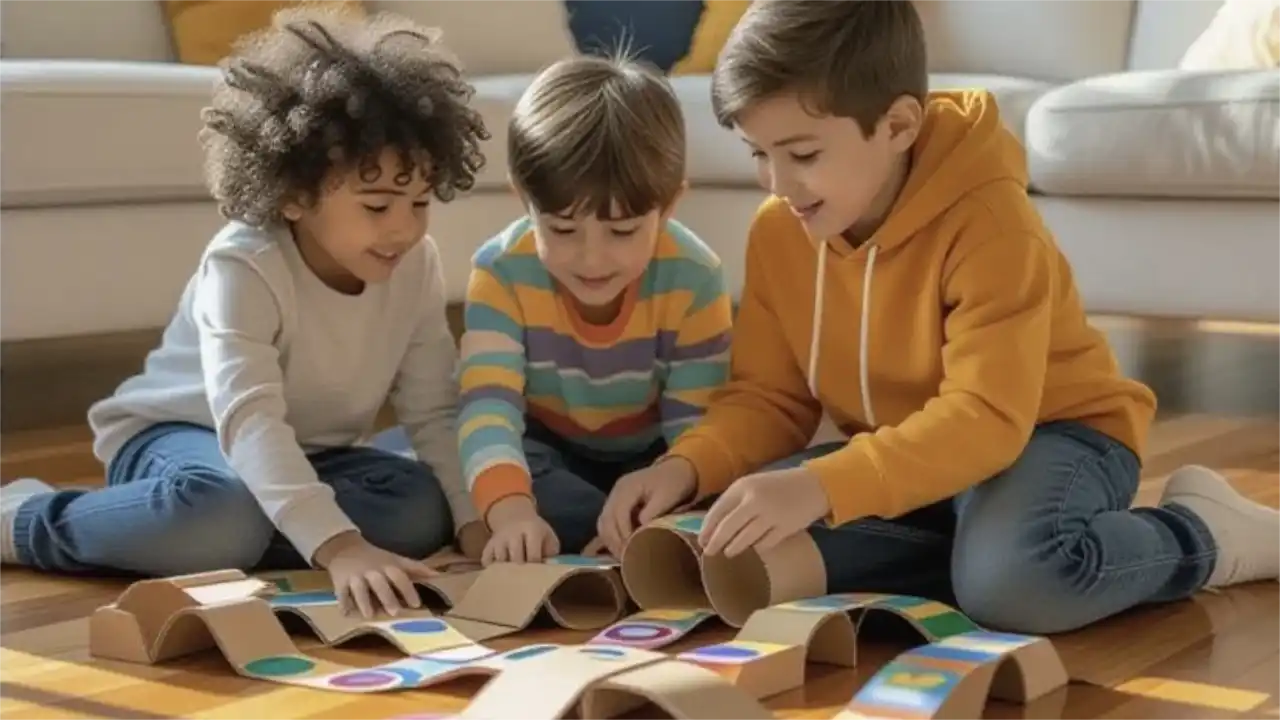
Fostering Collaboration: Join as Teams
W
orking together isn’t just about getting something done—it’s about learning how to think beside someone else. When children collaborate, they start to notice things they might miss alone: a new idea, a better method, a moment to lead or a chance to yield. These aren’t just social skills—they’re mental ones. A strong team doesn’t dilute thinking; it sharpens it. When you create moments where your child joins others to tackle a shared goal, you’re building both their intellect and their empathy.
One afternoon, my children decided to build a marble run from cardboard, and the living room turned into a flurry of ideas and disagreements. At first, the pieces didn’t fit and tempers flared. But gradually, they started listening, combining designs, testing together. By the end, they had a working track—and a shared sense of achievement. The final product was shaky, but their teamwork was solid. They’d solved something together, not because they had to, but because they wanted to finish what they started.
You don’t need to design complex group projects. Invite collaboration during a family recipe, a craft, or a scavenger hunt. Let children pair up for board games or co-author a story. The point is to get them thinking with others—to listen, to lead, and to adjust. These habits train flexible minds that can work with a range of voices, which they’ll need in every setting, from the classroom to the broader world.
Fostering Collaboration

Fostering Collaboration: Balance Rivalry
Healthy rivalry can motivate, but pressure harms. Learn how to encourage friendly challenge while preserving confidence and connection.
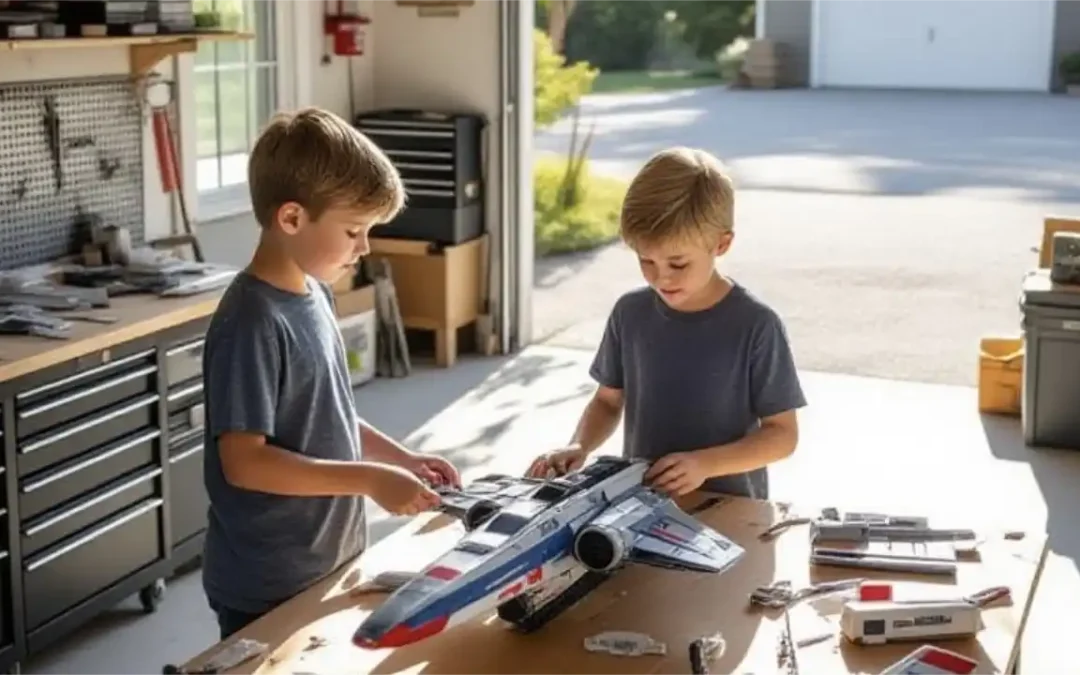
Fostering Collaboration: Live Cooperation
Cooperation skills grow through everyday practice. Model patience, listening, and problem-solving in family life.
Table of contents

Primordial Soup for the Mind: Navigation
Navigate the book Primordial Soup for the Mind.
TIPS
- Choose activities where success depends on working together.
- Let your child take turns leading and following.
- Highlight what each person contributed, not just what got done.
ACTIVITIES
- Partner Build: Have your child team up with a sibling or friend to build something—like a marble run, Lego structure, or paper city.
- Story Swap: Take turns adding to a story one sentence at a time. Keep it playful and build off each other’s ideas.
EXAMPLE
My kids argued over how to build a marble track—until they teamed up, tested ideas together, and got it to work. In the end, they weren’t just proud of the build—they were proud of how they built it.

Download “Primordial Soup for the Mind: A Parent’s Guide to Nurturing Intellectual Growth”
Enter your information to get this article and hundreds more as part of the FREE book Primordial Soup for the Mind.

Sharpen those skills!
Enter your information to get our FREE practice exercises so you can hone your critical thinking and reasoning skills!

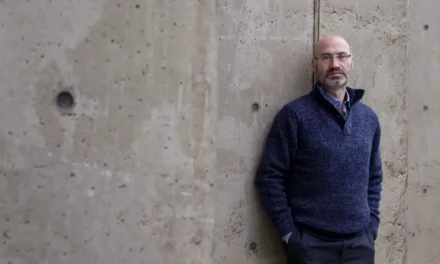


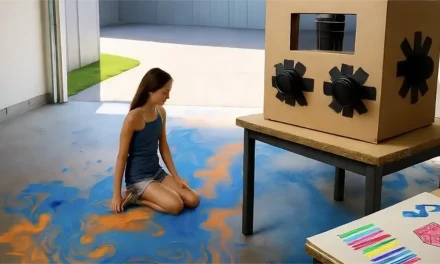
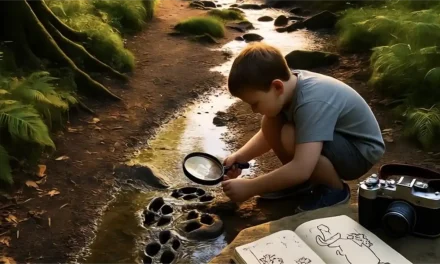

0 Comments